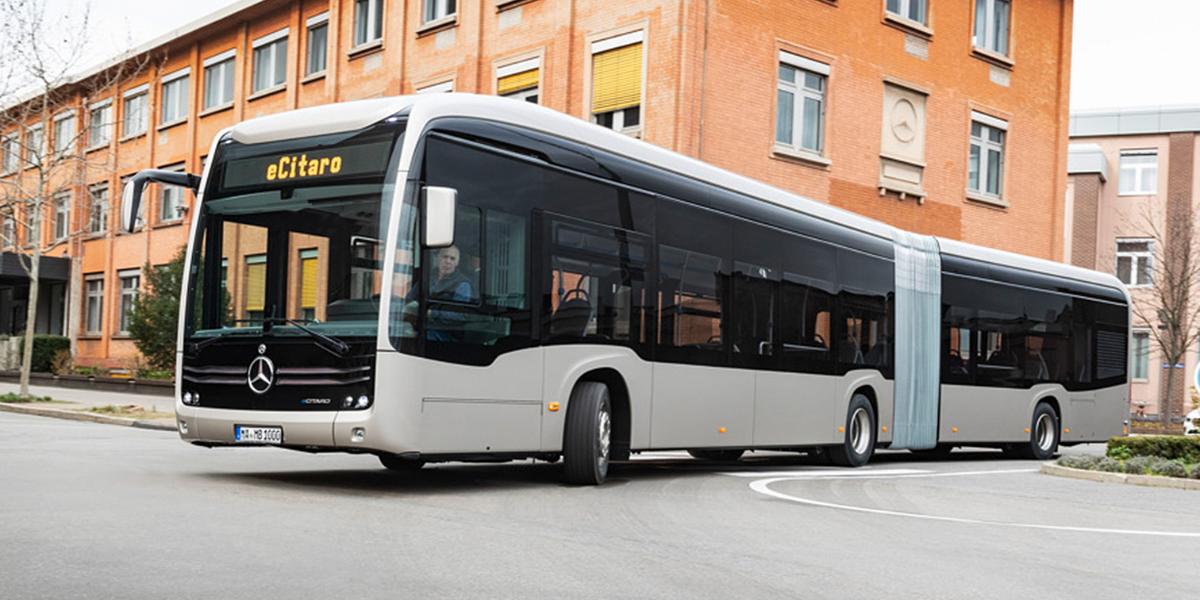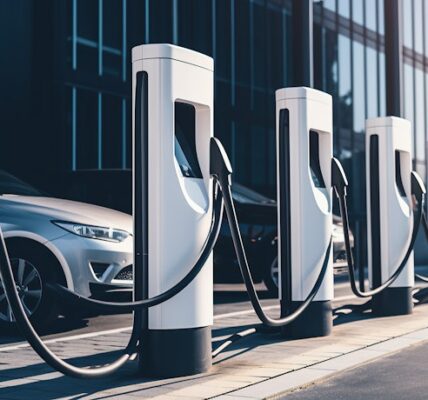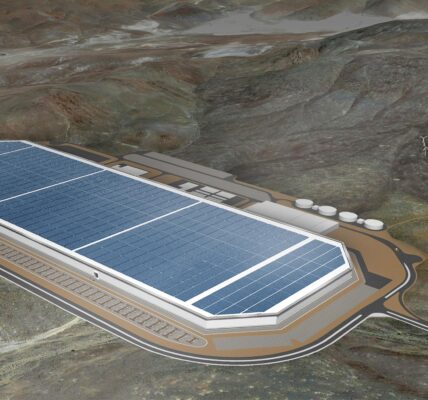Mercedes-Benz’s eCitaro G, the latest all-electric bus slated to join the product portfolio of Daimler Buses, is making news around the world once again – two years after being presented for the first time. In these two years, the eCitaro G has entered production phase at the company’s Mannheim plant with the promise of addressing environmental concerns while still taking care of performance, safety and comfort needs.
With a capacity to accommodate around 145 passengers, eCitaro G has been touted as the eco-friendly way of intra-city transportation that offers practical value in terms of purchase and maintenance costs.
With a low floor level, the eCitaro G is 18.13 meters long and is available in three or four door options. The layout of the interiors is similar to the layout inside the combustion engine version of the bus – called Citaro G.
The bus may soon make use of the latest NMC batteries, according to reports. It has seven battery packs and a total capacity of 441 kWh which could cater to the needs of repeated sorties within city limits. Additionally, eCitaro G claims to adapt itself to varying requirements as it is a custom-made articulated bus. “The eCitaro has everything an electric bus needs. Underneath its elegant garb is a concentrated technology package for maximum performance and ultimate energy efficiency,” says Gustav Tuschen, Head of Development at Daimler Buses. “The new eCitaro is our first step towards electrifying the public transport network with buses.”
The eCitaro G is Mercedes’ strong statement of intent about its determination to usher in an age of electric mobility. The company claims that its development is primarily stemmed from the growing need for clean mobility in cities around the world at a time when many are experiencing high levels of pollution.








